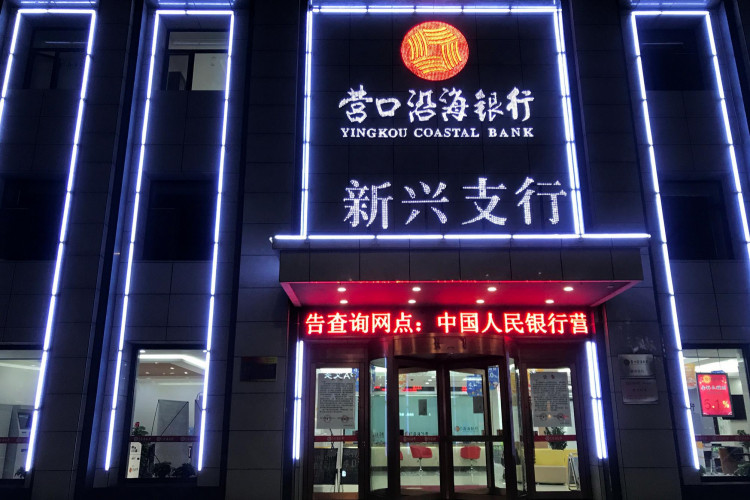China's growing issues with its small banks may become bigger as its slowing economy is exposing vulnerabilities built up by years of aggressive lending.
Beijing's plans to preserve financial stability by merging weak lenders with each other could end up creating an even worse headache.
Thousands of small commercial and city borrowers in the nation account for 27 percent of banking capital, but their reach is far greater than this owing to their network of ties to the broader process.
Small banks are major players on the country's interbank market, depending on financing from larger borrowers who are involved in the marketing of wealth management services through which businesses raise funding and private savers are chasing returns.
Sector cracks emerged in May when Baoshang Bank Co. was seized by the government, its first major takeover of a lender in more than 20 years.
A bailout by the Bank of Jinzhou Co. followed in July, involving state-owned financial institutions that included China Ltd's Industrial & Commercial Bank.
And the following month, local media reported that the province of Shandong would become Hengfeng Bank Co's largest shareholder.
Bloomberg News reported earlier this month that policymakers were proposing a comprehensive package of steps to support smaller banks, including combining those with a capital of fewer than 100 billion yuan ($14 billion) and rendering them accountable to local governments.
Consolidation in this type of scenario thus makes sense: China has over 3,000 small banks, many of which struggle to cope with increasing bad loans and a crackdown on shadow banking by the government.
Bigger banks draw more deposits, are not so reliant on interest income, and have the advantage of keeping non-failing prime customers including state-owned businesses.
Disruption in smaller banks arising from these financial jolts has shown the need for intervention. Spreads on negotiable deposit certificates spiked after that rescue from Baoshang - another key source of funding for many lenders.
Authorities have injected liquidity into other institutions and have dampened speculation that some are on the brink of insolvency in an the effort to avoid bank-runs.
According to analysts at Natixis SA, small banks have always been weaker than their larger counterparts, but since 2015 the divide has widened as liquidity has tightened. City commercial banks are particularly vulnerable, given a thinner deposit base compared to rural lenders.
Meanwhile, the bigger headache for Beijing is that mergers have become poorly executed and that borrowers' environment and risk management policies have not been very responsive to root-and-branch improvements.





